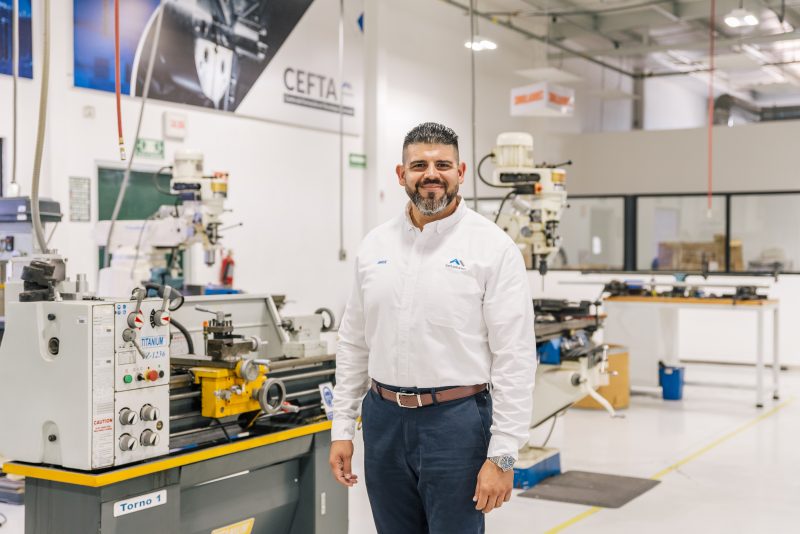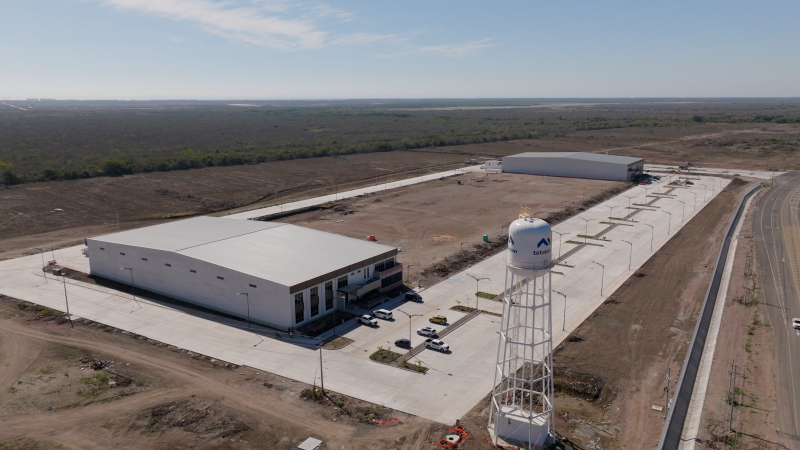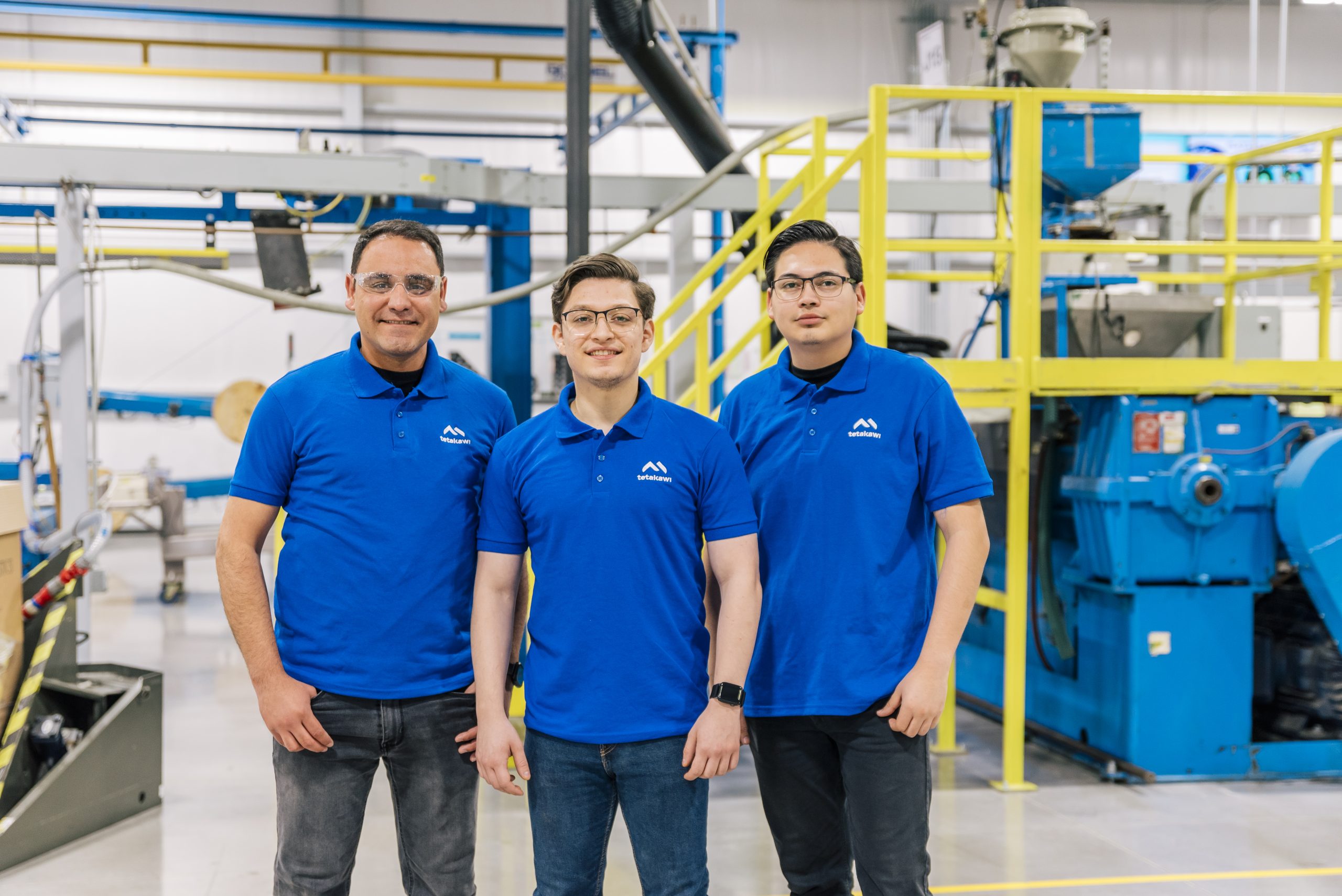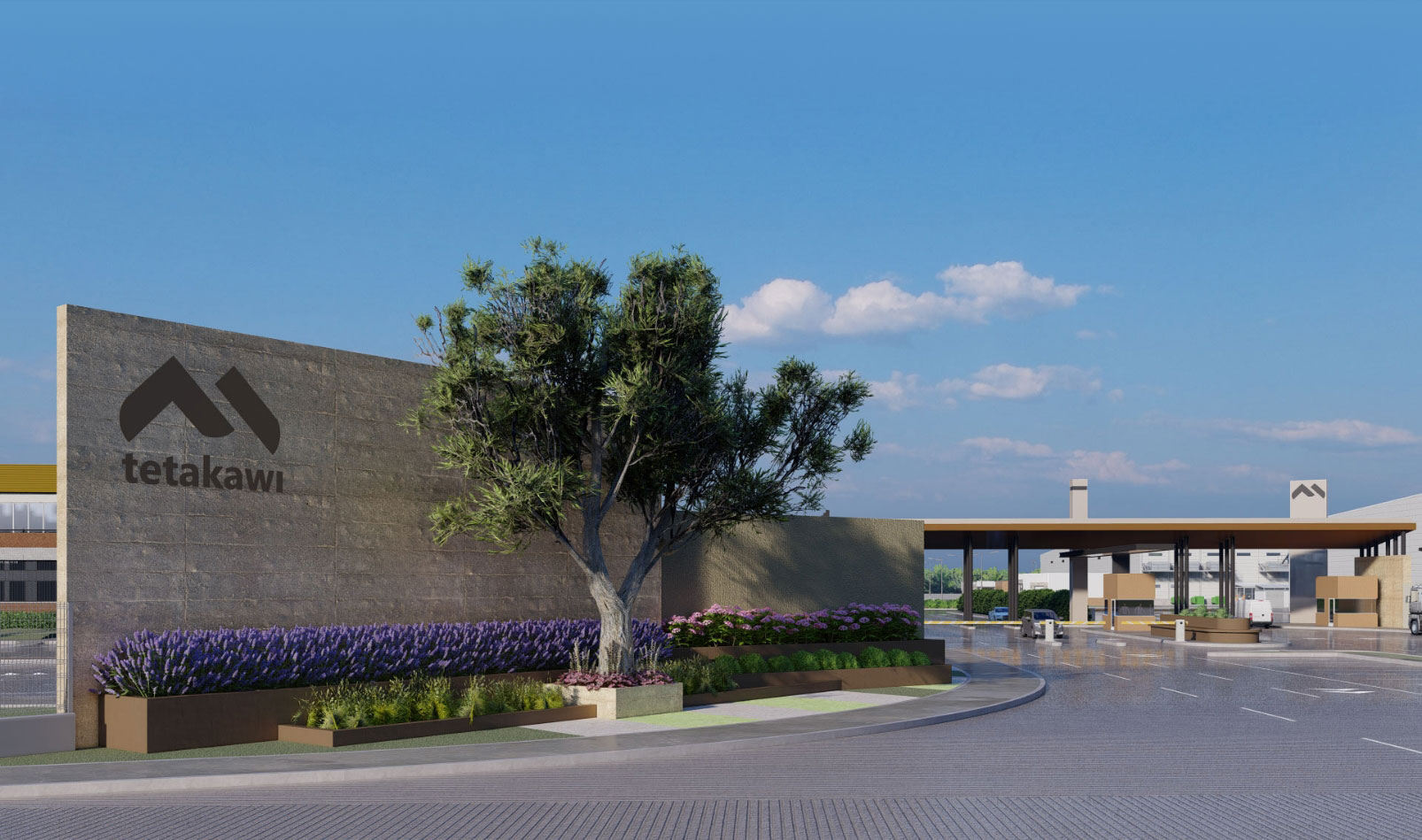For many U.S., Canadian, and European manufacturers, the appeal of Mexico has never been stronger. As labor markets tighten in the U.S. and supply chains strain under global disruption, Mexico has emerged as a clear contender for companies looking to regain control of their operations.
You may be reshoring from China. You may be struggling to expand in the U.S. due to labor shortages, lack of industrial real estate, or prohibitive costs. Or maybe you’re already manufacturing in Mexico, but can’t scale the way you expected.
Whatever your starting point, the advantages of manufacturing in Mexico are real. But they’re only meaningful if you can unlock them. And that’s where many companies get stuck.
This article breaks down Mexico’s most talked-about manufacturing advantages, and explains what it actually takes to capture them
Labor Availability
Mexico has a major demographic advantage. With a population of more than 130 million and a median age of 29, its labor force is not only large, it’s growing. In fact, for the next decade, Mexico’s working-age population is expected to expand organically, unlike the U.S. and China, where retirements are outpacing workforce entrants.
Compare this to the U.S., where only 30% of workers say they want to work in manufacturing, and there are more than 480,000 unfilled manufacturing jobs as of 2025 (NAM). In China, the population has declined for three consecutive years, and manufacturing careers are increasingly unpopular.
In Mexico, manufacturing is still seen as a stable and desirable path. More than 120,000 engineering graduates enter the workforce annually. For companies that need labor now and in the future, Mexico stands out.
Labor Cost
Mexico offers dramatic labor cost advantages:
- Unskilled labor: Fully fringed hourly rates are 40% to 50% lower than in the U.S. and significantly lower than in Canada, China, and Europe.
- Engineering talent: Entry-level engineers cost up to 60% less than in the U.S., and about 10% less than in China.
According to Tetakawi’s primary source data:
- A fully fringed unskilled labor rate in Mexico averages $6.51 USD/hour
- An entry-level engineer in Mexico costs $2,659 USD/month, compared to over $7,700 USD/month in the U.S.
But cost is only part of the equation. As companies grow, retention, reliability, and productivity matter even more.
Proximity to North America
Manufacturers in Mexico benefit from fast, flexible access to the U.S. and Canadian markets:
- Average transit time from Mexico to the U.S.: 1 to 4 days
- From Asia: 30 to 40 days
- Shipping cost from Mexico to Chicago is 50% less per cubic foot than from China
Less time in transit means less working capital tied up in inventory, faster turns, and better supply chain agility.
Trade Access and Policy Stability
Mexico has more than 13 free trade agreements with over 50 countries, including the USMCA (formerly NAFTA) and the EU-Mexico Free Trade Agreement.
Under the IMMEX program, manufacturers can temporarily import raw materials and equipment without paying VAT, as long as the finished goods are exported. This can dramatically reduce landed costs, as long as the manufacturer also obtains the necessary certifications, such as IVA certification to avoid upfront VAT payments, and special authorization if importing sensitive goods.
Even as new U.S. tariffs target some Mexican imports, USMCA-compliant goods remain largely exempt, and Tetakawi offers customs analysis and compliance support to help you understand your exposure.
Cultural and Operational Alignment
Doing business in Mexico means doing business in the same time zones as your headquarters. It means real-time communication, accessible site visits, and fewer cultural barriers to collaboration.
Unlike in Asia, where language and time zones often create delays and misalignment, Mexican teams can coordinate in near-real time. For manufacturing teams that rely on daily problem-solving and oversight, this makes a meaningful difference.
Shelter Services Model
Mexico’s shelter model allows foreign manufacturers to operate in Mexico without creating a legal entity or absorbing regulatory risk.
There are around 30 shelter service providers in Mexico, but not all deliver the same level of support. Some market themselves as full-service, but still place most of the administrative burden, compliance risk, and day-to-day execution back on your team. Others offer only fragmented services, requiring you to coordinate across multiple vendors. A few, like Tetakawi, provide a fully integrated execution platform, combining infrastructure, labor, compliance, and operational support under one unified system.
- Labor Management (HR, payroll, benefits, union relations)
- Import & Export Administration (IMMEX, customs, cross-dock)
- Facilities Management (maintenance, utilities, infrastructure)
- Environmental, Health & Safety (EHS permitting and compliance)
- Purchasing & Supply Chain Support (local vendor coordination)
- Accounting & Fiscal Compliance (invoicing, VAT recovery, audits)
Shelters help companies launch faster, scale cleaner, and operate without surprises. But doing your due diligence is critical.
The Real Question Isn’t Whether Mexico Has Advantages. It’s Whether You Can Realize Them.
If you’ve looked into Mexico before, you’ve probably heard all of the above. Advisors, consultants, trade organizations, even economic developers love to highlight these points.
But what we hear from executives is different.
“We can see the benefits on paper. But hiring is harder than expected. Our ramp-up took a year longer. And our shelter provider isn’t proactive.”
Sound familiar?
Labor availability isn’t just about demographics. It’s about your ability to recruit and retain.
Labor cost isn’t just about hourly wages. It’s about the fully loaded reality of training, turnover, and absenteeism.
Proximity and trade access only matter if you can operate reliably and manage risk confidently.
That’s the difference between knowing the advantages and actually capturing them.
Tetakawi: Your Execution Platform in Mexico

Tetakawi exists to bridge that gap. We are not a consultant. We are not a developer. We are your execution partner.
We own and operate fully integrated Manufacturing Communities across Mexico, including in Saltillo, Hermosillo, Empalme, Guaymas, and now, Mazatlán.
At each location, we provide:
- Move-in ready industrial buildings
- Embedded labor pipelines
- On-site shelter services
- Full compliance management
- Real-time cost visibility
We support more than 70+ companies, employ 26,000+ people, and manage over 6.5 million square feet of industrial space. The average client has been with us for 14.6 years.
That’s not a coincidence. It’s a system.
Why We’re Building in Mazatlán

Mazatlán is not a saturated market. Only 4% of the city’s economically active population is employed in manufacturing. Labor costs are among the lowest in Mexico. And lifestyle quality makes it a place where people stay.
We’re applying the same proven model we’ve used elsewhere to help manufacturers succeed:
- Infrastructure built to scale
- Talent pipelines built for the long term
- Compliance systems that grow with you
If you want to expand into Mexico and experience all of the benefits without the burdens and risks, Mazatlán is a rare opportunity, and Tetakawi is the platform that makes it work.
Final Thought: The Advantage Is Only Real If You Can Capture It
Mexico has the workforce. The cost structure. The location. The policy environment. The trade access. Everything you need to compete.
But none of it matters if you can’t execute.
That’s why Tetakawi exists. And that’s why Mazatlán may be the smartest place in Mexico to build your long run competitive advantage.



